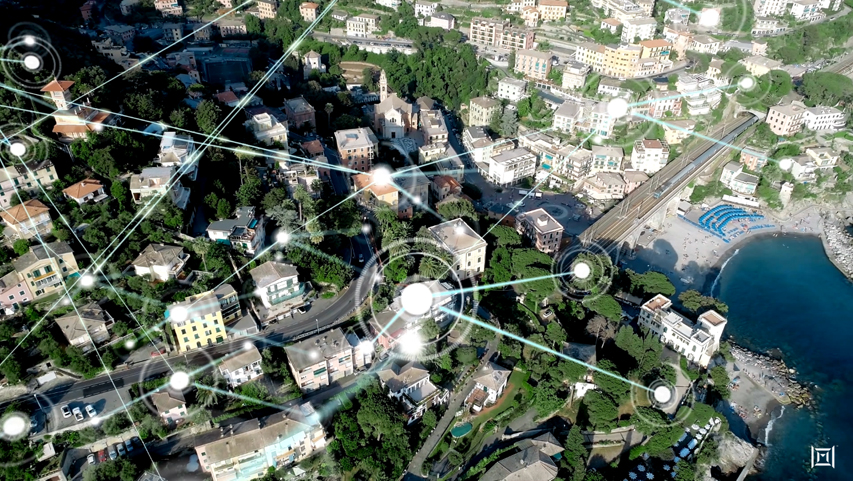

By Wolfgang Sauter, Customer Solutions Architect - Packaging, Marvel
The continued evolution of 5G wireless infrastructure and high-performance networking is driving the semiconductor industry to unprecedented technological innovations, signaling the end of traditional scaling on Single-Chip Module (SCM) packaging. With the move to 5nm process technology and beyond, 50T Switches, 112G SerDes and other silicon design thresholds, it seems that we may have finally met the end of the road for Moore’s Law.1 The remarkable and stringent requirements coming down the pipe for next-generation wireless, compute and networking products have all created the need for more innovative approaches. So what comes next to keep up with these challenges? Novel partitioning concepts and integration at the package level are becoming game-changing strategies to address the many challenges facing these application spaces.
During the past two years, leaders in the industry have started to embrace these new approaches to modular design, partitioning and package integration. In this paper, we will look at what is driving the main application spaces and how packaging plays into next-generation system architectures, especially as it relates to networking and cloud data center chip design.
By Gidi Navon, Senior Principal Architect, Marvell
Enterprise networks are changing, adapting and expanding to become a borderless enterprise. Visibility tools must evolve to meet the new requirements of an enterprise that now extends beyond the traditional campus — across multi-cloud environments to the edge.
By Alik Fishman, Director of Product Management, Marvell

In our series Living on the Network Edge, we have looked at the trends driving Intelligence, Performance and Telemetry to the network edge. In this installment, let’s look at the changing role of network security and the ways integrating security capabilities in network access can assist in effectively streamlining policy enforcement, protection, and remediation across the infrastructure.
Cybersecurity threats are now a daily struggle for businesses experiencing a huge increase in hacked and breached data from sources increasingly common in the workplace like mobile and IoT devices. Not only are the number of security breaches going up, they are also increasing in severity and duration, with the average lifecycle from breach to containment lasting nearly a year1 and presenting expensive operational challenges. With the digital transformation and emerging technology landscape (remote access, cloud-native models, proliferation of IoT devices, etc.) dramatically impacting networking architectures and operations, new security risks are introduced. To address this, enterprise infrastructure is on the verge of a remarkable change, elevating network intelligence, performance, visibility and security2.
By Suresh Ravindran, Senior Director, Software Engineering

So far in our series Living on the Network Edge, we have looked at trends driving Intelligence and Performance to the network edge. In this blog, let’s look into the need for visibility into the network.
As automation trends evolve, the number of connected devices is seeing explosive growth. IDC estimates that there will be 41.6 billion connected IoT devices generating a whopping 79.4 zettabytes of data in 20251. A significant portion of this traffic will be video flows and sensor traffic which will need to be intelligently processed for applications such as personalized user services, inventory management, intrusion prevention and load balancing across a hybrid cloud model. Networking devices will need to be equipped with the ability to intelligently manage processing resources to efficiently handle huge amounts of data flows.
By George Hervey, Principal Architect, Marvell

In the previous TIPS to Living on the Edge, we looked at the trend of driving network intelligence to the edge. With the capacity enabled by the latest wireless networks, like 5G, the infrastructure will enable the development of innovative applications. These applications often employ a high-frequency activity model, for example video or sensors, where the activities are often initiated by the devices themselves generating massive amounts of data moving across the network infrastructure. Cisco’s VNI Forecast Highlights predicts that global business mobile data traffic will grow six-fold from 2017 to 2022, or at an annual growth rate of 42 percent1, requiring a performance upgrade of the network.
Copyright © 2025 Marvell, All rights reserved.

